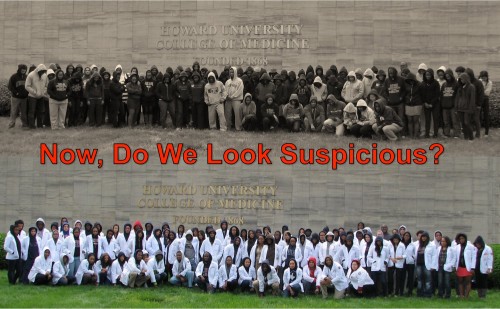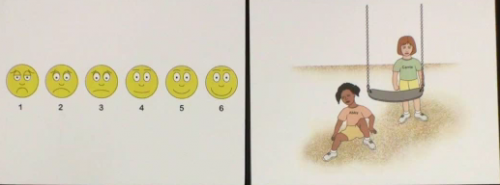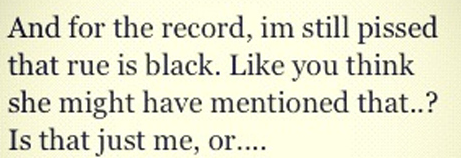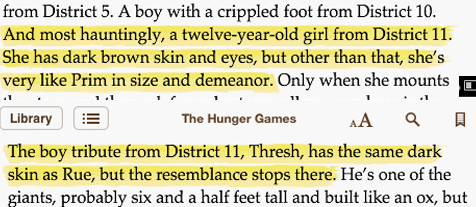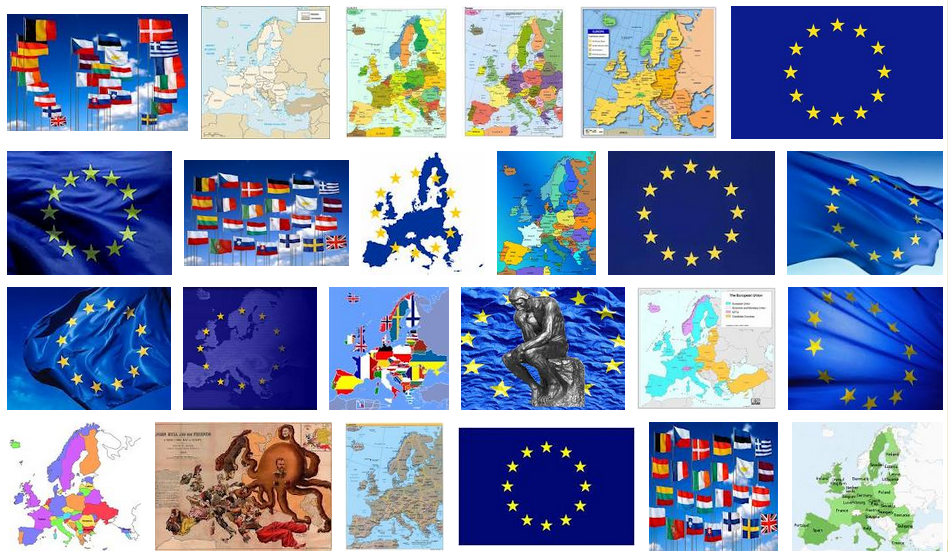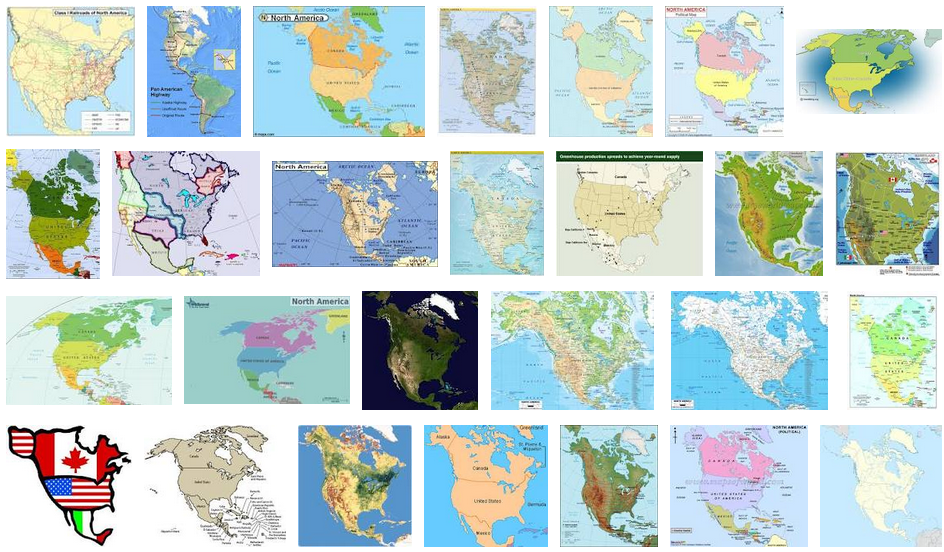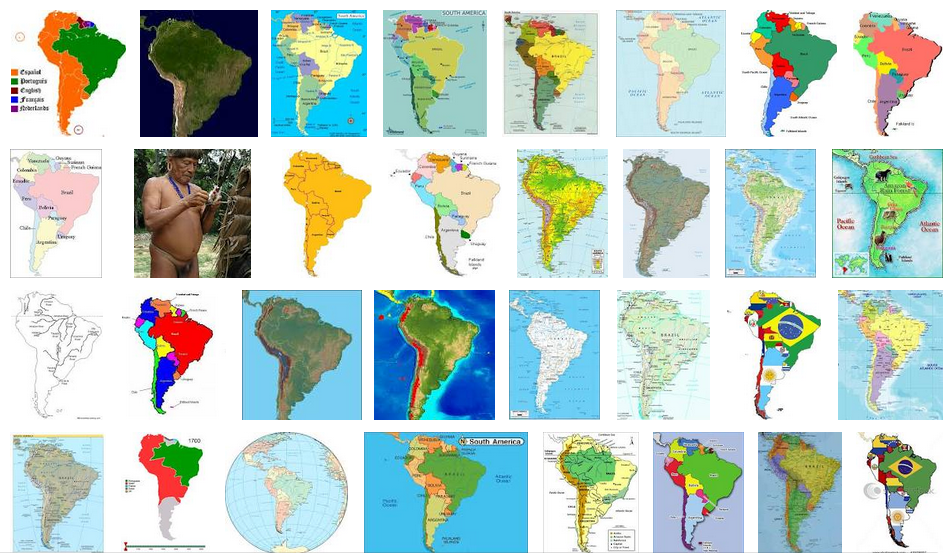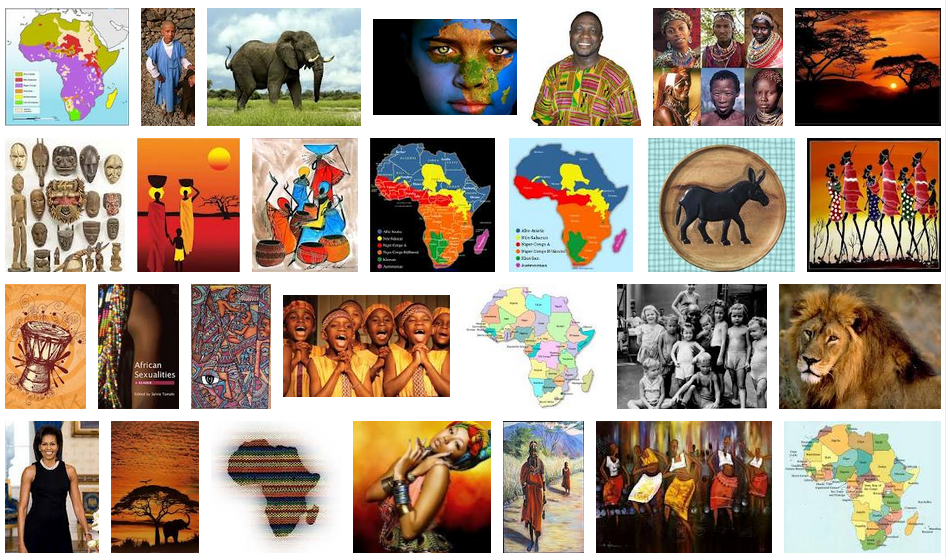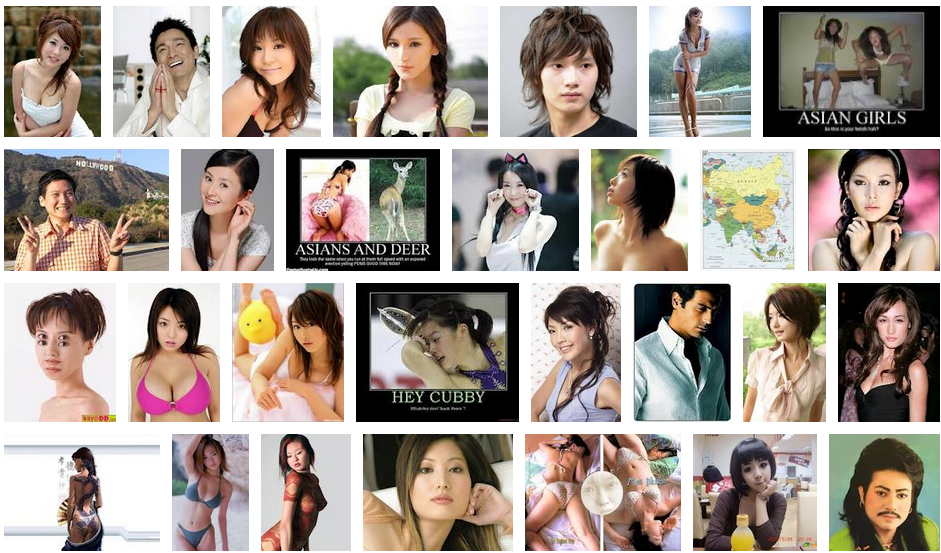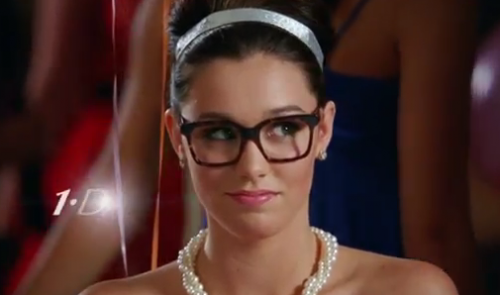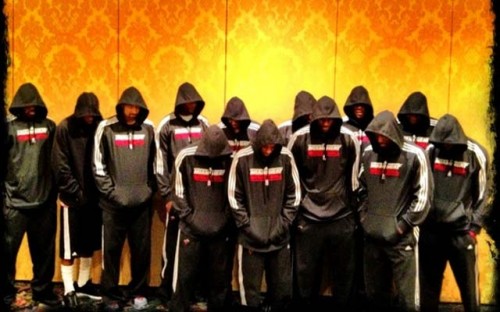Cross-posted from cyborgology.
On February 26, 2012, Trayvon Martin, an unarmed Black high school student, was shot and killed by George Zimmerman, a White Hispanic neighborhood watch captain. The case has become a symbolic battleground. Artist Israel McCloud was inspired to paint a mural in his honor in Houston.
As Jessie Daniels points out at Racism Review, battles over racism have shifted into the realm of social media, where digital and physical race relations persist in an augmented relationship. We see this in both anti-racist discourses and the racial smear campaigns surrounding the Martin/Zimmerman case.
Although it is important to expose the overtly racist tactics utilized by some of Zimmerman’s defenders, I want to talk about a more subtle, and so perhaps more problematic, form of racial discourse. A prominent strategy of protest arising from the left may inadvertently perpetuate, rather than challenge, racial hierarchies in their most dehumanizing form.
This tactic has made the rounds on my own Facebook Newsfeed, and is one in which I, prior to more critical thought, actively participated: the creation of images and texts that couple Black bodies with prestigious social positions and ask viewers to problematize racialized assumptions that often lead to faulty first impressions—which in turn lead to physical danger for the racialized subject. This tactic comes in two forms: political memes and case examples.
The memes, such as the one pictured below, are direct and general. They argue that Black bodies are assumed dangerous unless proven otherwise. This meme warns us that we might treat a doctor as a criminal purely based on skin color:
I (regretfully) posted this meme to my own Facebook wall. Rather than delete the meme, I added this post to the comment thread as a public declaration of my error.
The case examples are more in depth, but accomplish a similar task. They picture a clean-cut, Black male body. They list his credentials, and then tell of his physical abuse at the hands of scared, racist White authority figures:
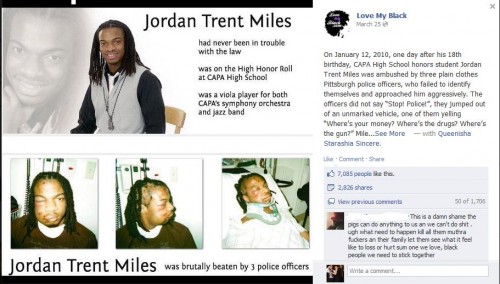 Copied from my Facebook Newsfeed.
Copied from my Facebook Newsfeed.
Activists strategically link these memes and cases to Trayvon Martin’s story, highlighting his clean record and child-like face. This protest tactic honors Martin (and other Black boys and men who have been hurt because of a racist culture) and spotlights the problematic racialized lens within which Americans largely operate.
Both forms of this protest tactic tell an empirically accurate story. Simultaneously, however, they are gross oversimplifications that perpetuate oppressive hierarchies that lie at the intersection of race and class. They work to differentiate the “good” from the “bad” kind of racial minority—and imply that the life of the former is more valuable.
We are warned that our racial assumptions may lead to the wrongful and tragic harm of a “good” racial minority—reinforcing the devaluation of poor, under-educated, over-policed and under-protected people of color. Indeed, as the left fights accusations that Trayvon Martin sold drugs, we forget to ask: “SO WHAT IF HE DID?!” Would he somehow be less human? Would his murder be less atrocious? As the left justifiably decries the accusative investigations into Trayvon’s life, some protest tactics effectively present the opposite side of the same coin.
The empirical reality of Blackness in America is that it often intersects with poverty, which in turn, intersects with crime. A poor Black man with a criminal record is an artifact of a deeply embedded racial system. The memes and case examples discussed above perpetuate the devaluation of the Poor Black subject, marginalizing him against those who are upwardly mobile. In utilizing this protest tactic we fail to address the grittier realities of race in America that led George Zimmerman to perceive an anonymous, unarmed Black boy as a threat. We not only ignore these realities, but become naively complicit in their reproduction.
—————
Jenny Davis is a doctoral candidate in the Department of Sociology at Texas A&M University. She studies self, identity, and human-technology interaction. She blogs for cyborgology.org. Follow Jenny on Twitter @Jup83

